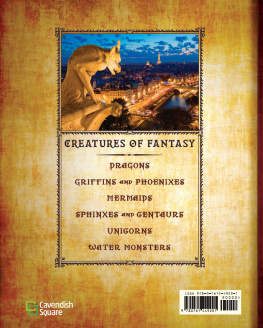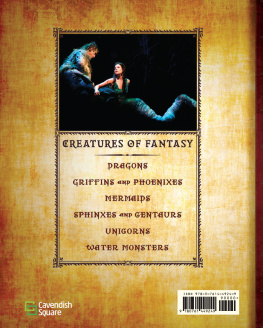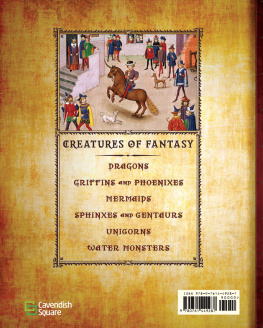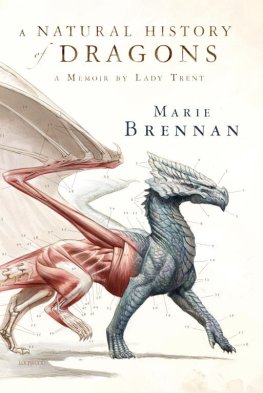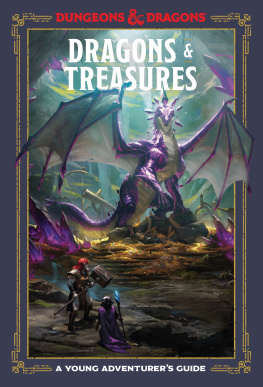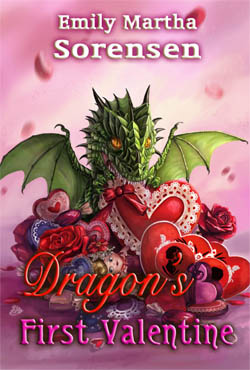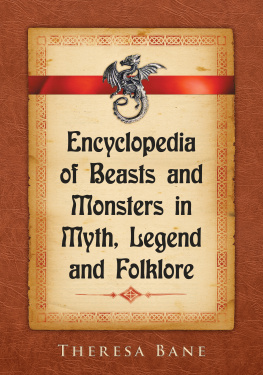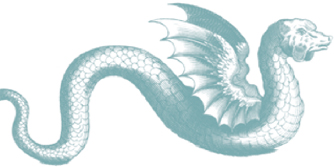For Sylvan
Published in 2014 by Cavendish Square Publishing, LLC
303 Park Avenue South, Suite 1247, New York, NY 10010
Copyright 2014 by Cavendish Square Publishing, LLC
First Edition
No part of this publication may be reproduced, stored in a retrieval system, or transmitted in any form or by any meanselectronic, mechanical, photocopying, recording, or otherwisewithout the prior permission of the copyright owner. Request for permission should be addressed to Permissions, Cavendish Square Publishing, 303 Park Avenue South, Suite 1247, New York, NY 10010.
Tel (877) 980-4450; fax (877) 980-4454.
Website: cavendishsq.com
This publication represents the opinions and views of the author based on his or her personal experience, knowledge, and research. The information in this book serves as a general guide only. The author and publisher have used their best efforts in preparing this book and disclaim liability rising directly or indirectly from the use and application of this book.
CPSIA Compliance Information: Batch #WS13CSQ
All websites were available and accurate when this book was sent to press.
LIBRARY OF CONGRESS CATALOGING-IN-PUBLICATION DATA
Hinds, Kathryn, 1962-Dragons / by Kathryn Hinds. p. cm.(Creatures of fantasy) Includes bibliographical references and index. Summary: Explores the mythical and historical backgrounds of dragons, both in the East and the WestProvided by publisher. ISBN 978-0-7614-4920-1 (hardcover)ISBN 978-1-62712-051-7 (paperback)ISBN 978-1-60870-680-8 (ebook) 1. Dragons. I. Title. GR830.D7H628 2012 398.2454dc22 2010023597
Editor: Joyce Stanton Art Director: Anahid Hamparian Series Designer: Michael Nelson
Photo research by Debbie Needleman. The photographs in this book are used by permission and through the courtesy of: Front Cover: The Bridgeman Art Library/SuperStock. Back Cover: Hemis/Alamy. Page i: The Granger Collection, New York; pages ii-iii, : Sea Dragaon (coloured woodcut), Kunisada, Utagawa (1786-1864)/Bibliotheque des Arts Decoratifs, Paris, France/Archives Charmet/The Bridgeman Art Library International.
Printed in the United States of America
Front cover: Saint George, the ideal knight, fights a dragon in a painting by Raphael from the early 1500s.
Half-title page: An illustration of an Ethiopian dragon from a history of dragons published in 1640.
Title page: The archangel Michael attacks the devil in the form of a dragon.
Back cover: A dragonish gargoyle looks down on Paris from high atop Notre Dame Cathedral.
CONTENTS
INTRODUCTION
ONE
WELCOME TO THE DRAGONS LAIR
TWO
CREATURES FROM THE DAWN OF TIME
THREE
SHARP-EYED SERPENTS
FOUR
MONSTERS OF THE NORTH
FIVE
ENEMIES OF GOD
SIX
QUESTING BEASTS
SEVEN
DRAGONS OF THE EAST
GLOSSARY
TO LEARN MORE ABOUT DRAGONS
SELECTED BIBLIOGRAPHY
NOTES ON QUOTATIONS
INDEX
INTRODUCTION
In the CREATURES OF FANTASY series, we celebrate the deeds of dragons, unicorns, and their kin. These fabulous beasts have inhabited the imagination and arts since the beginnings of human history. They have been immortalized in paintings and sculptures, mythology and literature, movies and video games. Todays blockbuster fantasy novels and filmsThe Chronicles of Narnia, Harry Potter, Lord of the Rings, Eragon, and othershave brought new popularity to the denizens of folklore, myths, and legends. It seems that these creatures of the imagination have always been with us and, in one way or another, always will be.
Belief in the fantastic, in wonders, appears to be a lasting part of the human experience. Even if we no longer believe that dragons and unicorns actually exist, we still like to think about what things might be like if they did. We dream and daydream about them. We make up stories. And as we share those dreams, read and tell those stories, we not only stir our imaginations but also explore some of the deepest hopes and fears of humanity. The power of the dragon, the purity of the unicorn, the wildness of the centaur, the allure of the mermaidthese and more are all part of our human heritage, the legends of our ancestors still alive for us today.
Computer art makes a firebreathing dragon seem almost terrifyingly real.

WELCOME TO THE DRAGONS LAIR
The dragon is the largest of all serpents. Often he is drawn out of his den and rises up into the air, and the air is moved by him and also the sea swells against his venom.
Often four or five of them fasten their tails together and rear up their heads and sail over seas and over rivers to get good meat.
~BARTHOLOMEW ANGLICUS, THIRTEENTH CENTURY
D RAGONS ARE SNAKELIKE CREATURES. Usually they have wings. Often they breathe fire. They love gold, jewels, and other treasures, which they pile together and guard fiercely. They are famous for terrorizing the countryside and devouring sheepor, when they can get them, maidens. With habits like these, its not surprising that where there are dragons, there are usually dragon slayers. Killing dragons has featured on heroes to-do lists since the very first tales of dragons were written down.
But not all dragons are maiden-eating marauders. Dragons have protected nations and founded empires. They have commanded wind and rain for the benefit of sailors and farmers. They have imparted ancient wisdom to deserving seekers of knowledge. They have carried brave riders on their backs. They have symbolized both the fearsome and wondrous aspects of nature and of the imagination.
A natural history book published in the 1600s included these illustrations of different types of dragons.
A CLASS ALL THEIR OWN
If dragons could be classified scientifically, they would belong to the reptile class and the family that includes snakes and lizards. Like these animals, dragons are (we assume) cold-blooded except maybe the ones who breathe fire. They have scales, lay eggs, and do not nurse their youngexcept occasionally in a fantasy novel where dragons milk is an important ingredient for magic spells or healing potions. With exceptions like these, its probably a good thing that scientists dont actually have to classify dragonswho, after all, are really in a class by themselves.
Dragons have been reputed to live in most parts of the world. They thrive in a wide range of habitats, but nearly always live in places where humans seldom go: high, craggy mountains; deep, dark forests; murky, muddy swamps. Many dragons are equally at home on land or in the air. A few are comfortable in the water, but this is mainly the domain of their cousins the sea serpents. These relatives are so close, though, that in some myths and legends its hard to tell whether the featured creature is a dragon or a sea monster.

